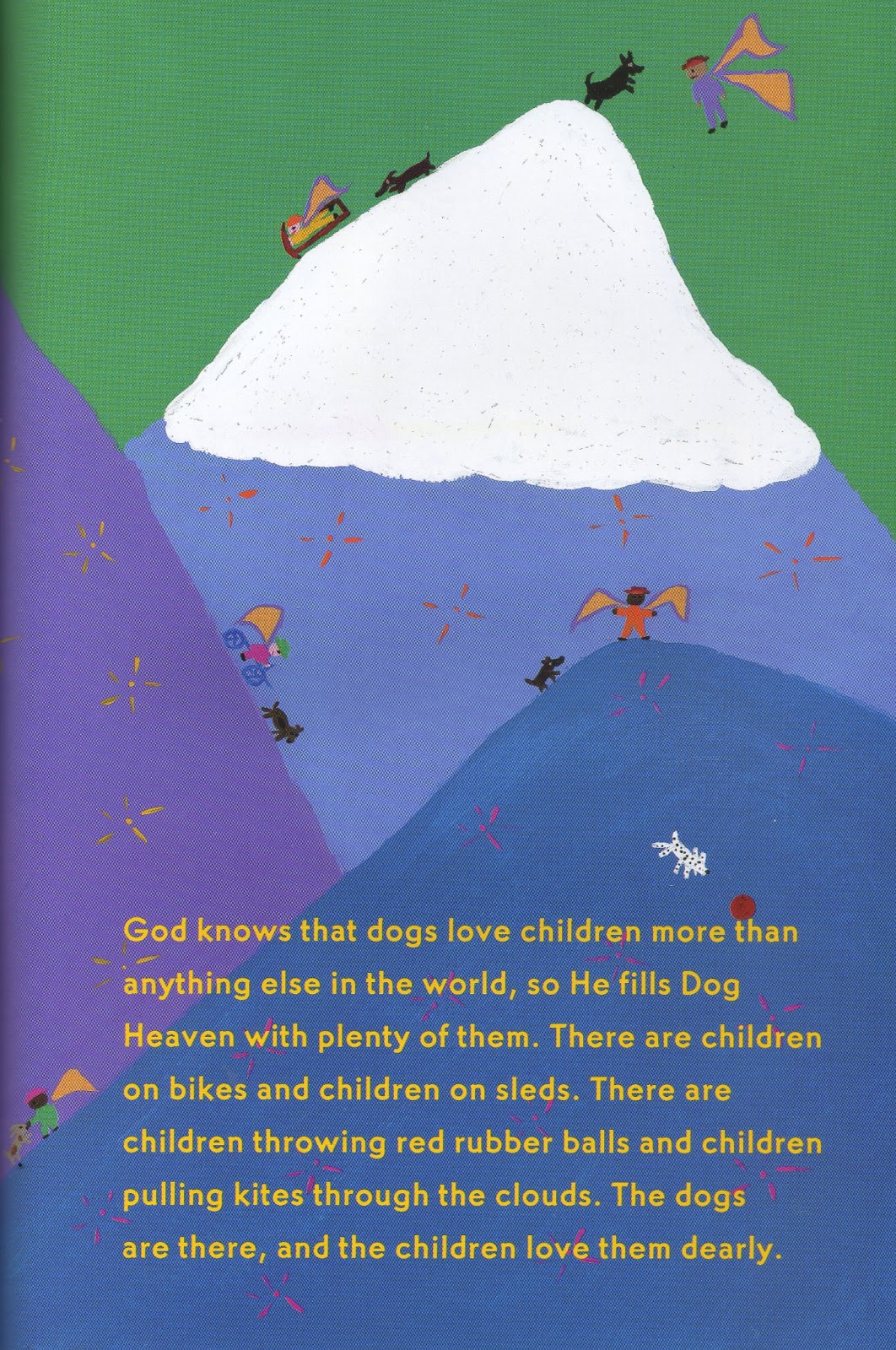

Even though the book has no included soundtrack, the sly, high-spirited, eye patch–sporting donkey that grins, winks, farts, and clumps its way through the song on a prosthetic metal hoof in Cowley’s informal watercolors supplies comical visual flourishes for the silly wordplay. It is three-legged, and so a “wonky donkey” that, on further examination, has but one eye and so is a “winky wonky donkey” with a taste for country music and therefore a “honky-tonky winky wonky donkey,” and so on to a final characterization as a “spunky hanky-panky cranky stinky-dinky lanky honky-tonky winky wonky donkey.” A free musical recording (of this version, anyway-the author’s website hints at an adults-only version of the song) is available from the publisher and elsewhere online. In the song, Smith meets a donkey on the road. The print version of a knee-slapping cumulative ditty. The theme is handled with judgment and sensitivity at just the right level, and the subdued black-and-white drawings, affectionate but unsentimental, are perfectly attuned.

We can't be absolutely sure that it's there." Then father plants some seeds and talks about how "things change in the ground," and at bedtime the boy announces to his mother the tenth good thing:"Barney is in the ground and he's helping to make flowers." Father says, "We don't know too much about heaven. After the funeral, the boy and his sister argue about whether Barney is in heaven or in the ground. Viorst offers honest consolation that emphasizes the cyclical continuity of life and applies as well to human death.Ī little boy's cat dies and the child is "very sad." His mother suggests that he think of ten good things about the pet to tell at the funeral when father buries him next day, but the boy can only think of nine.

For many children, the first encounter with death occurs with the loss of a pet for such an occasion Mrs.


 0 kommentar(er)
0 kommentar(er)
